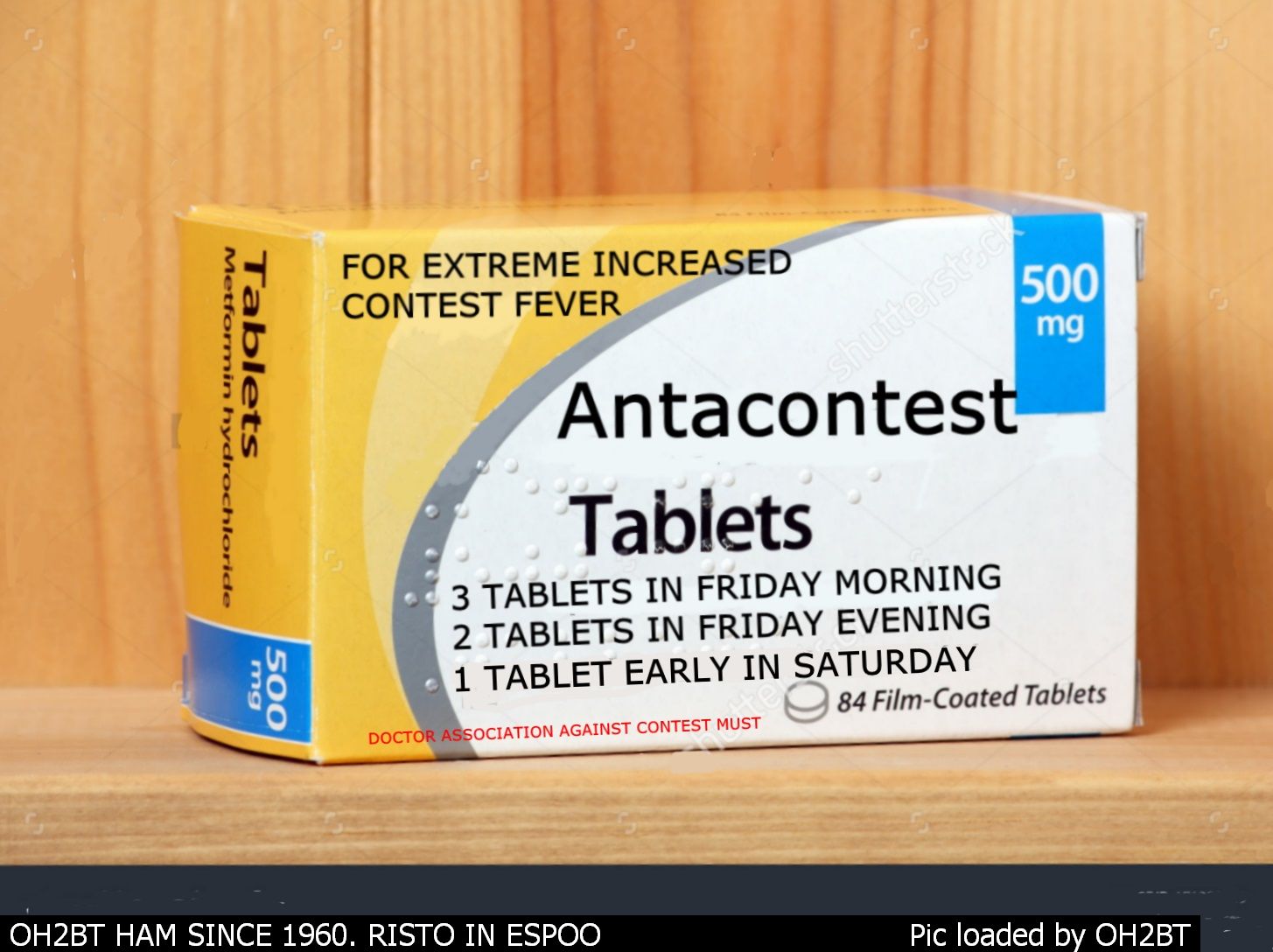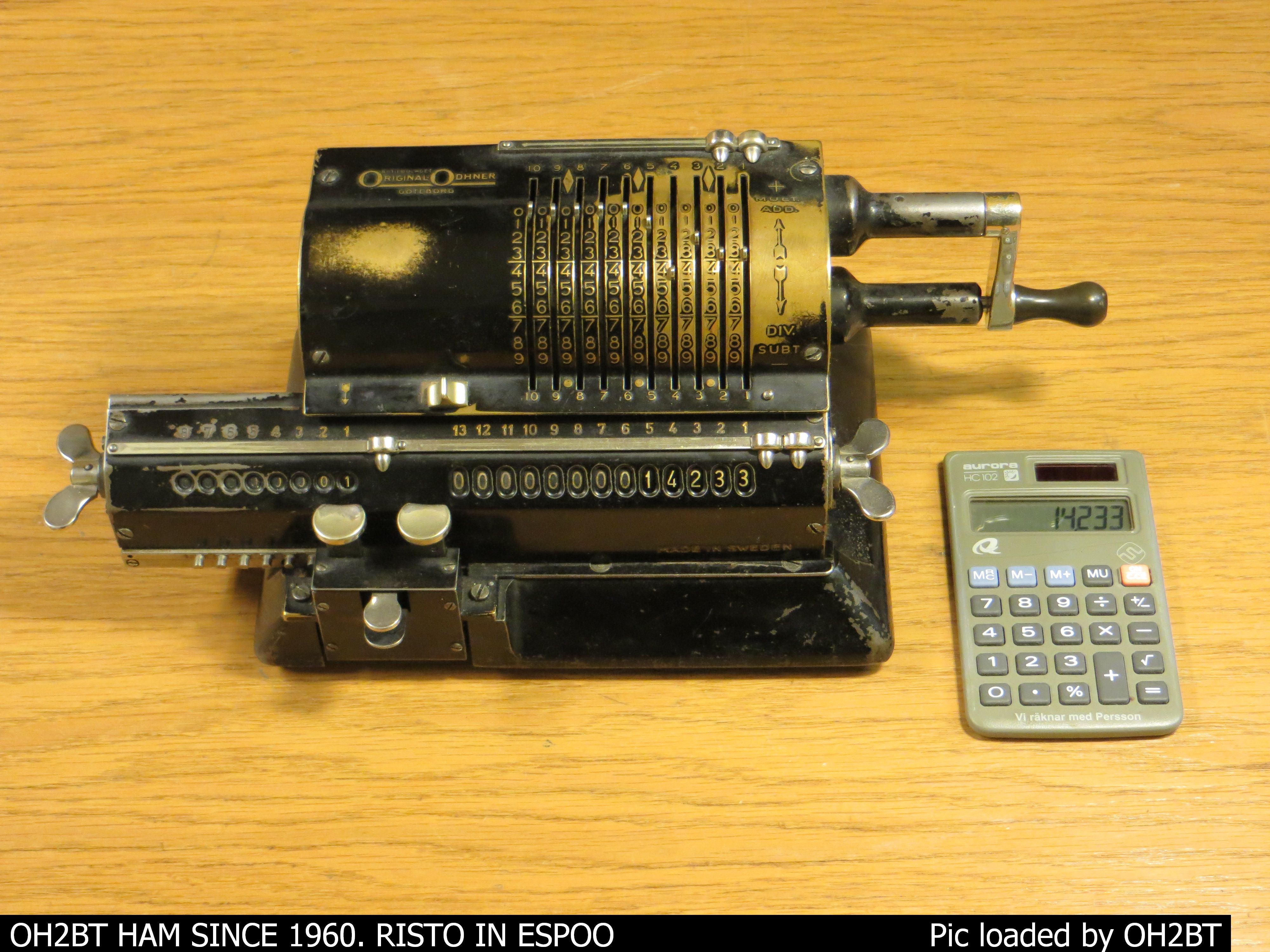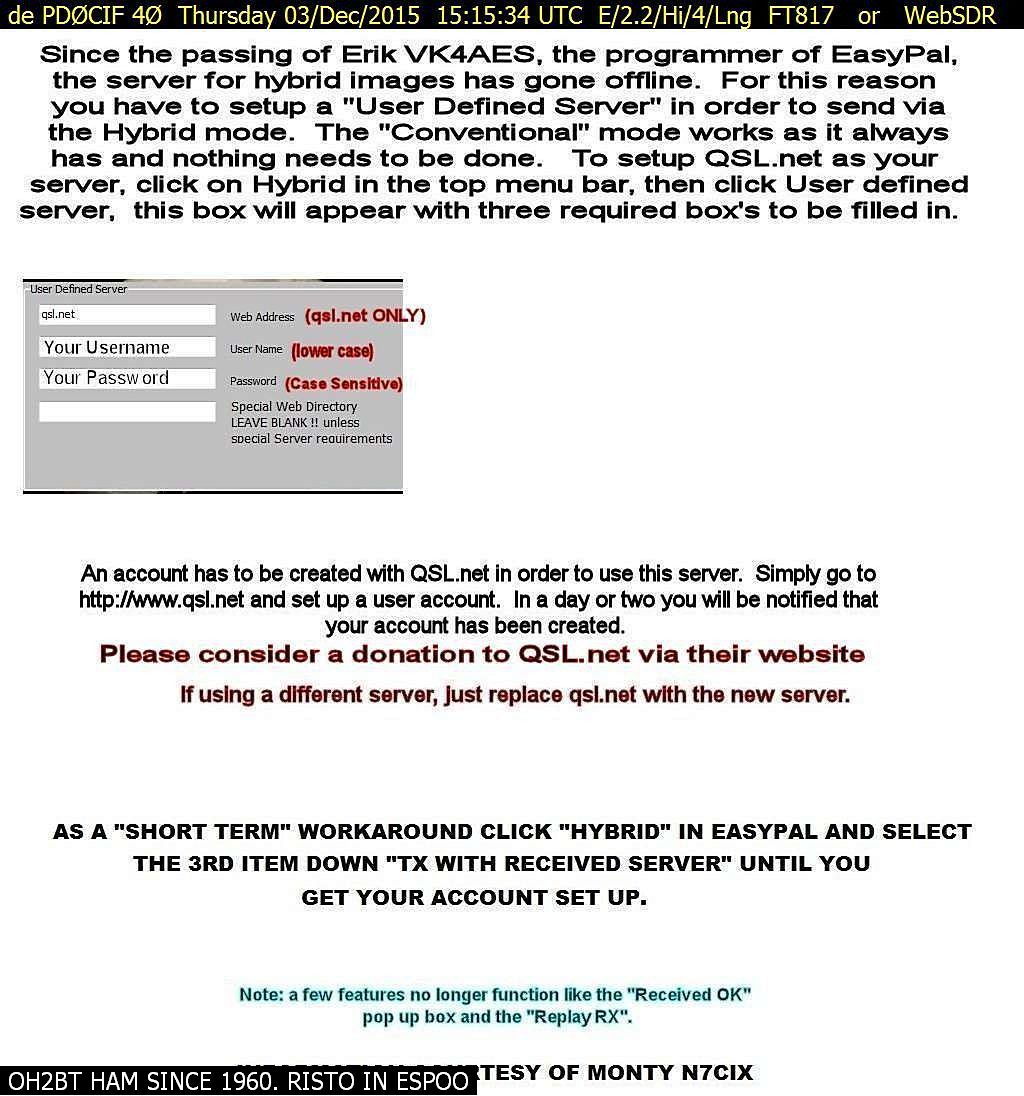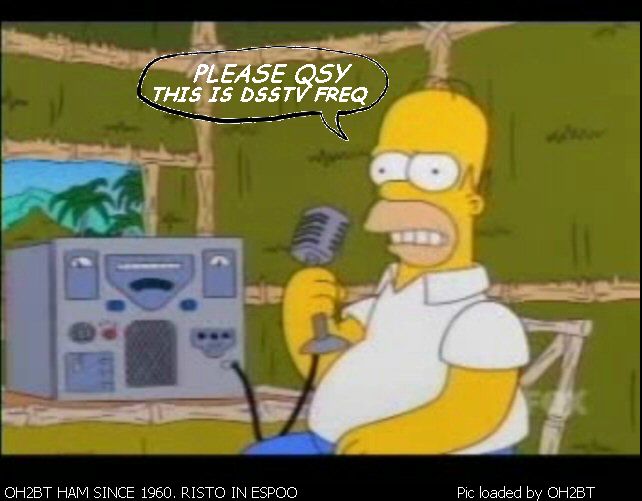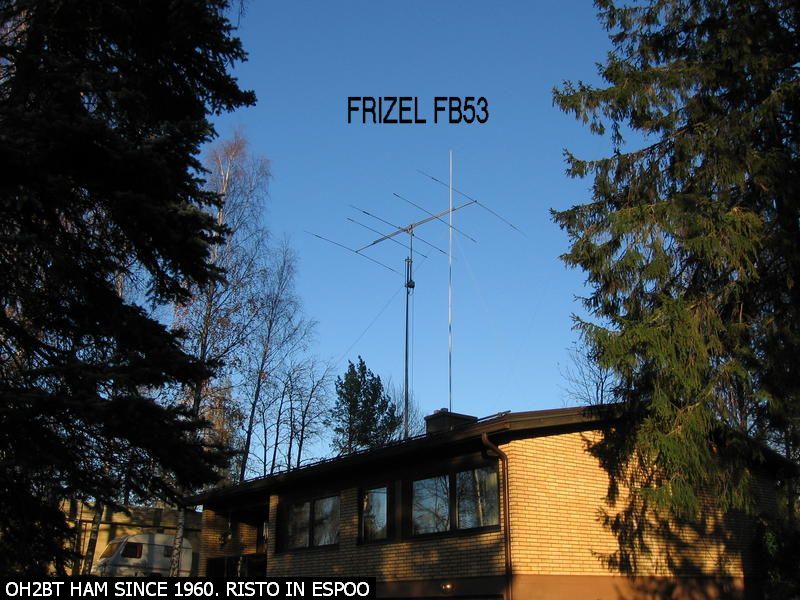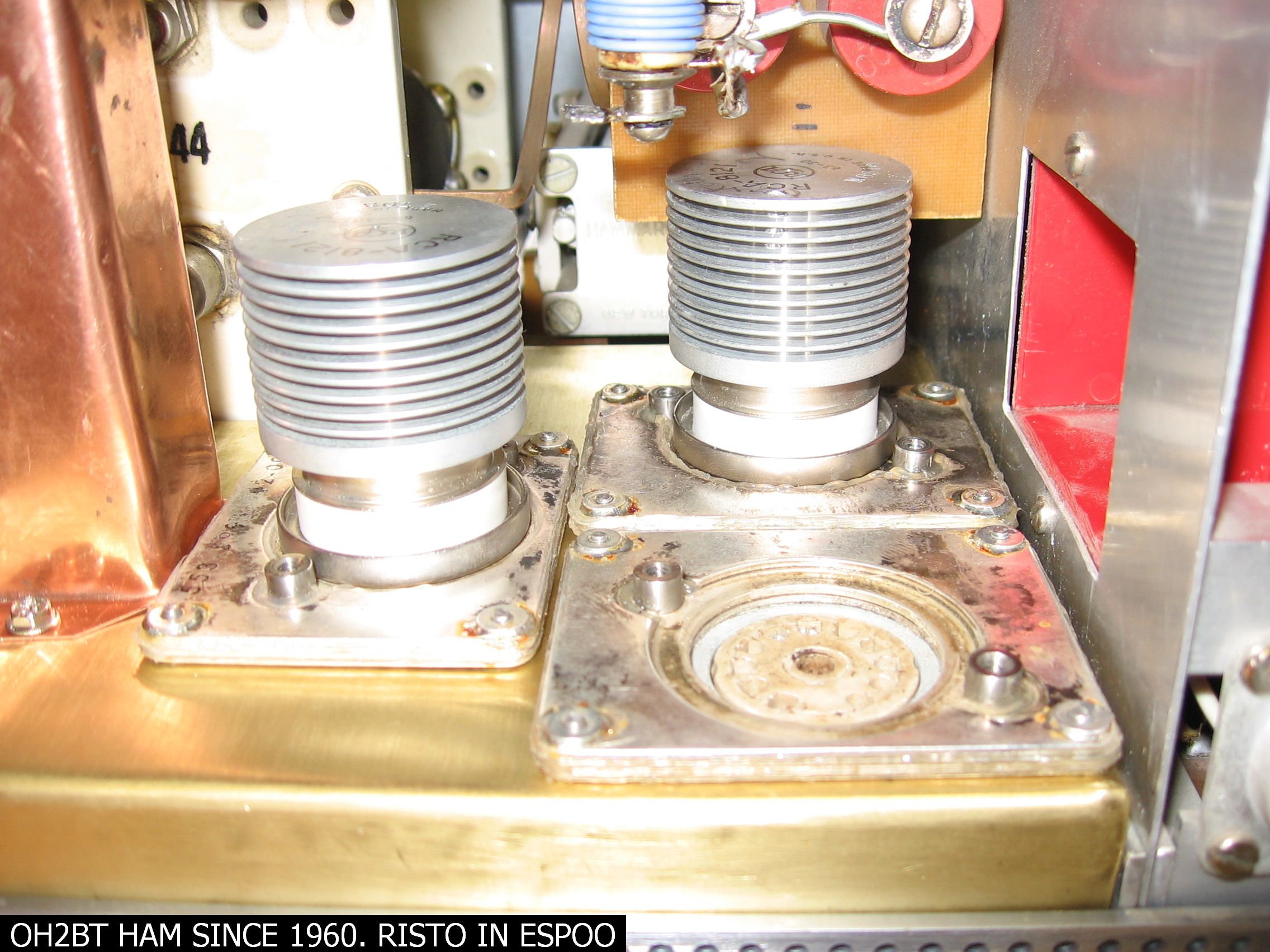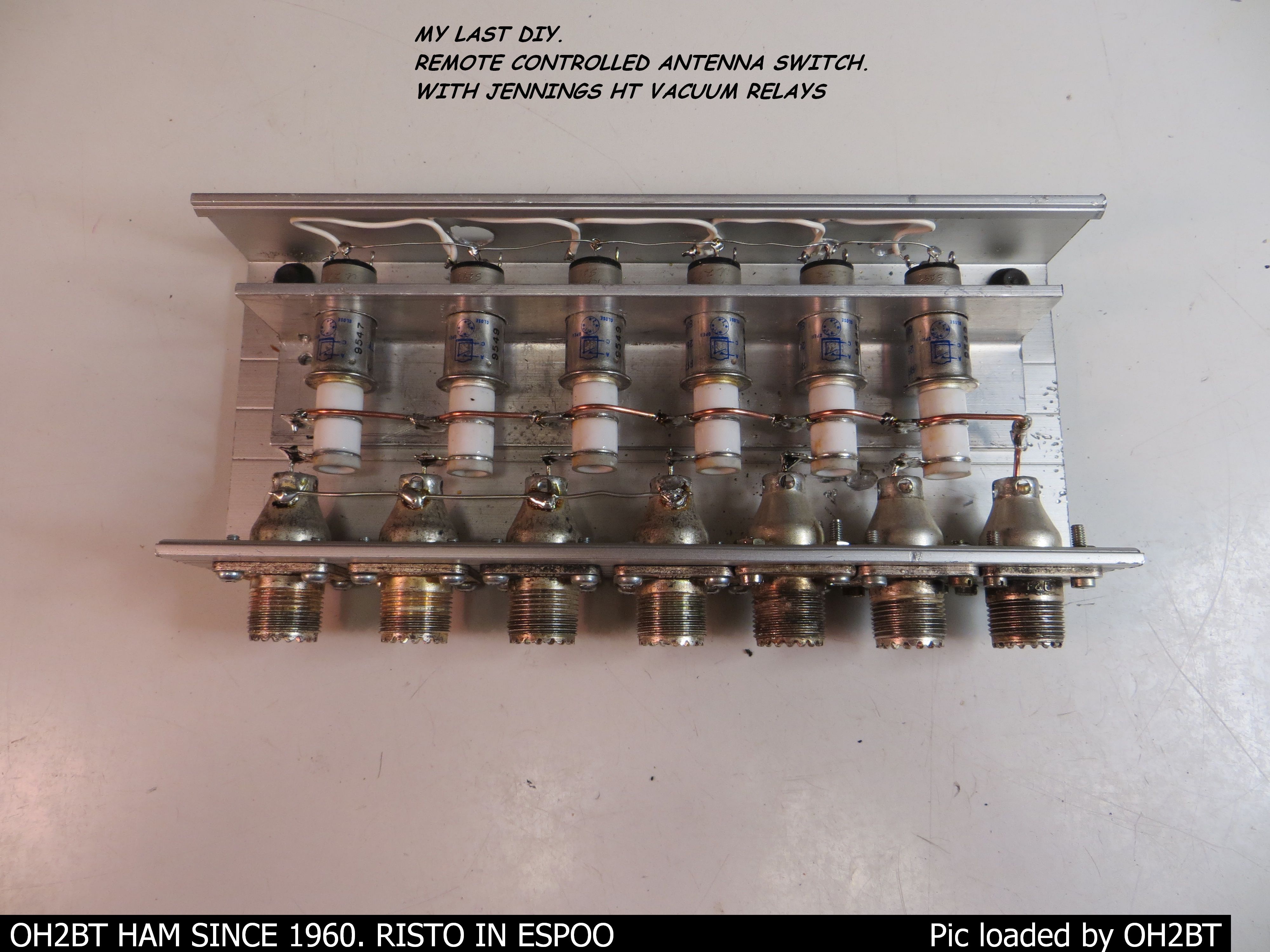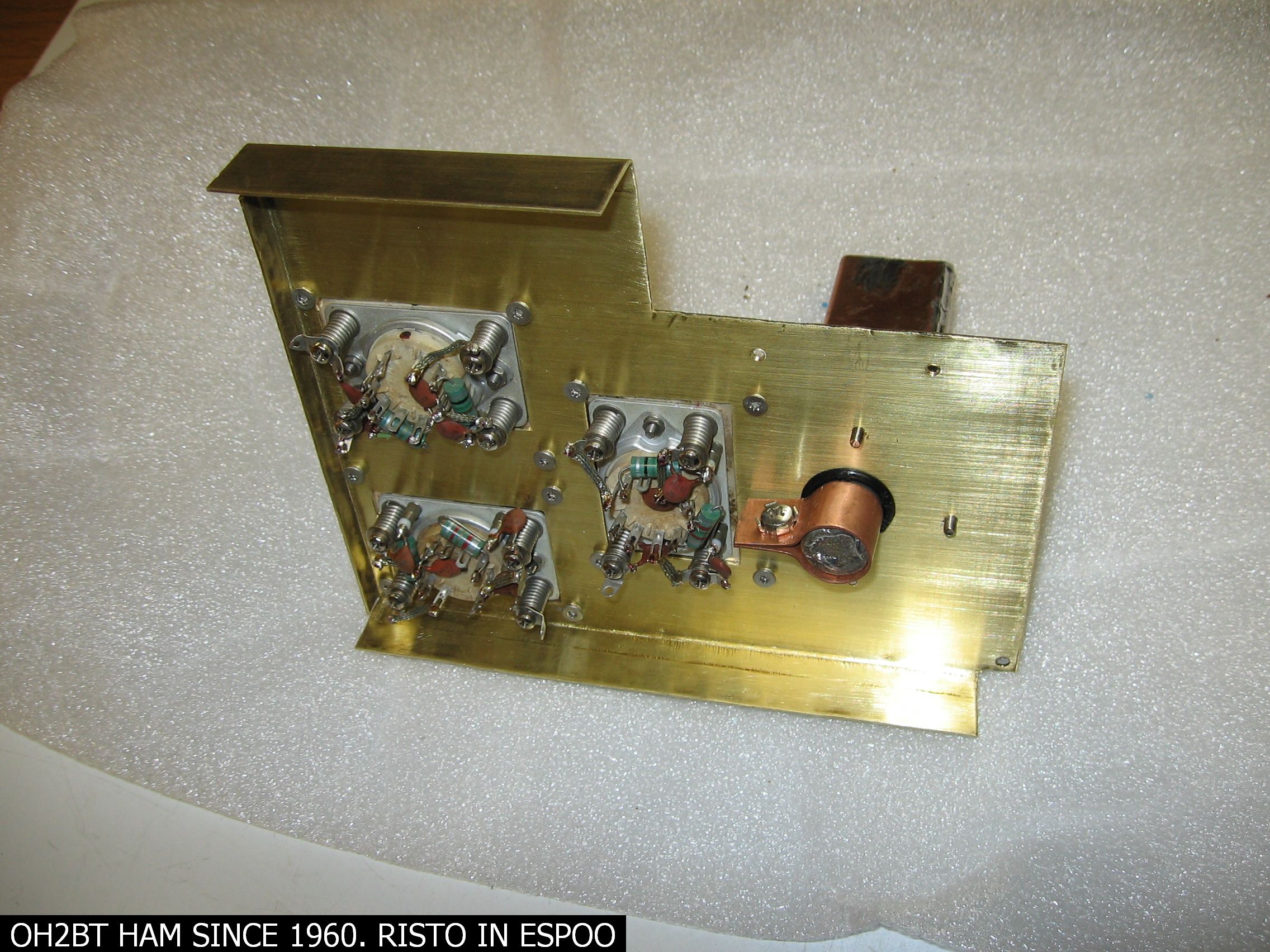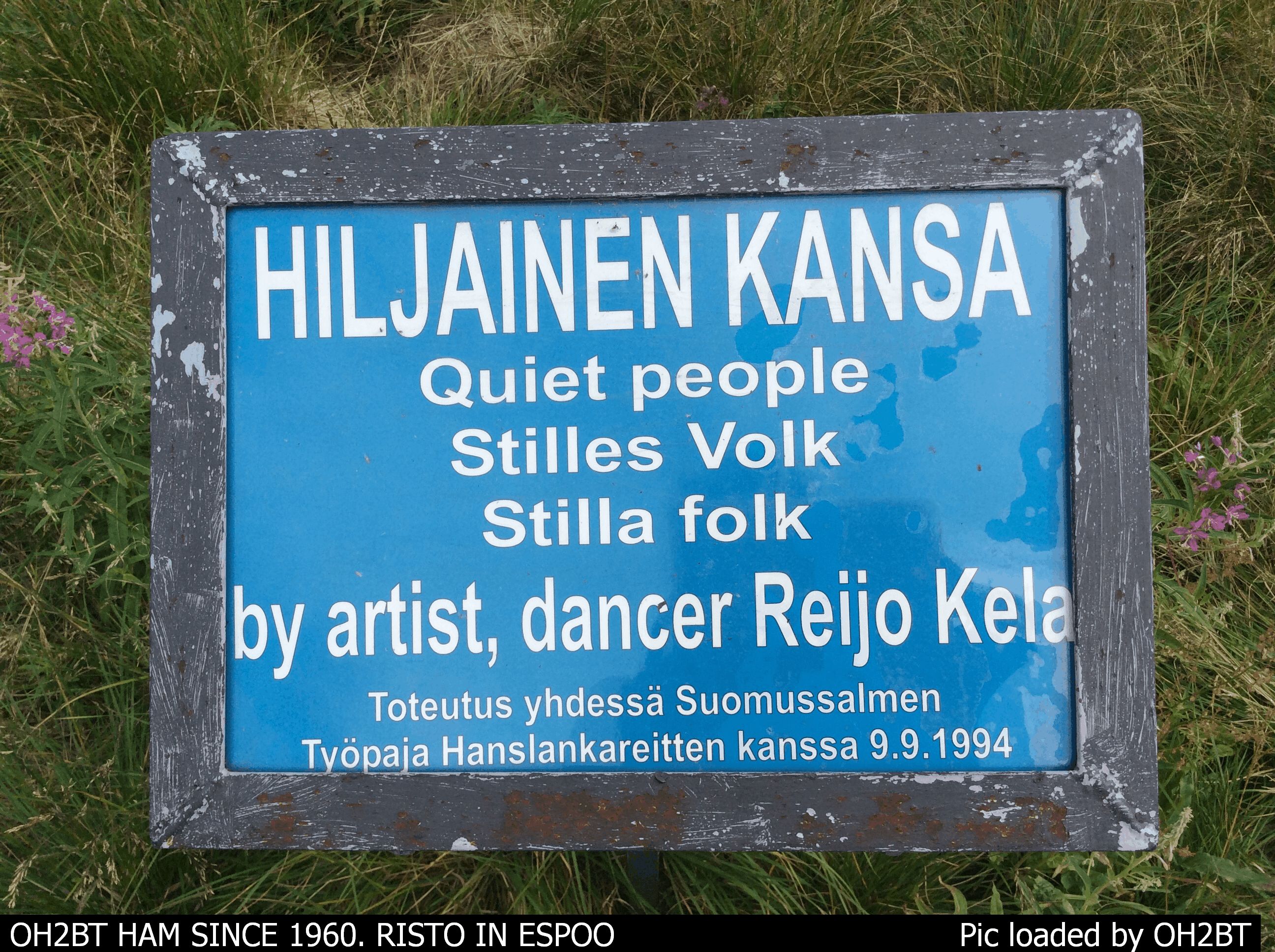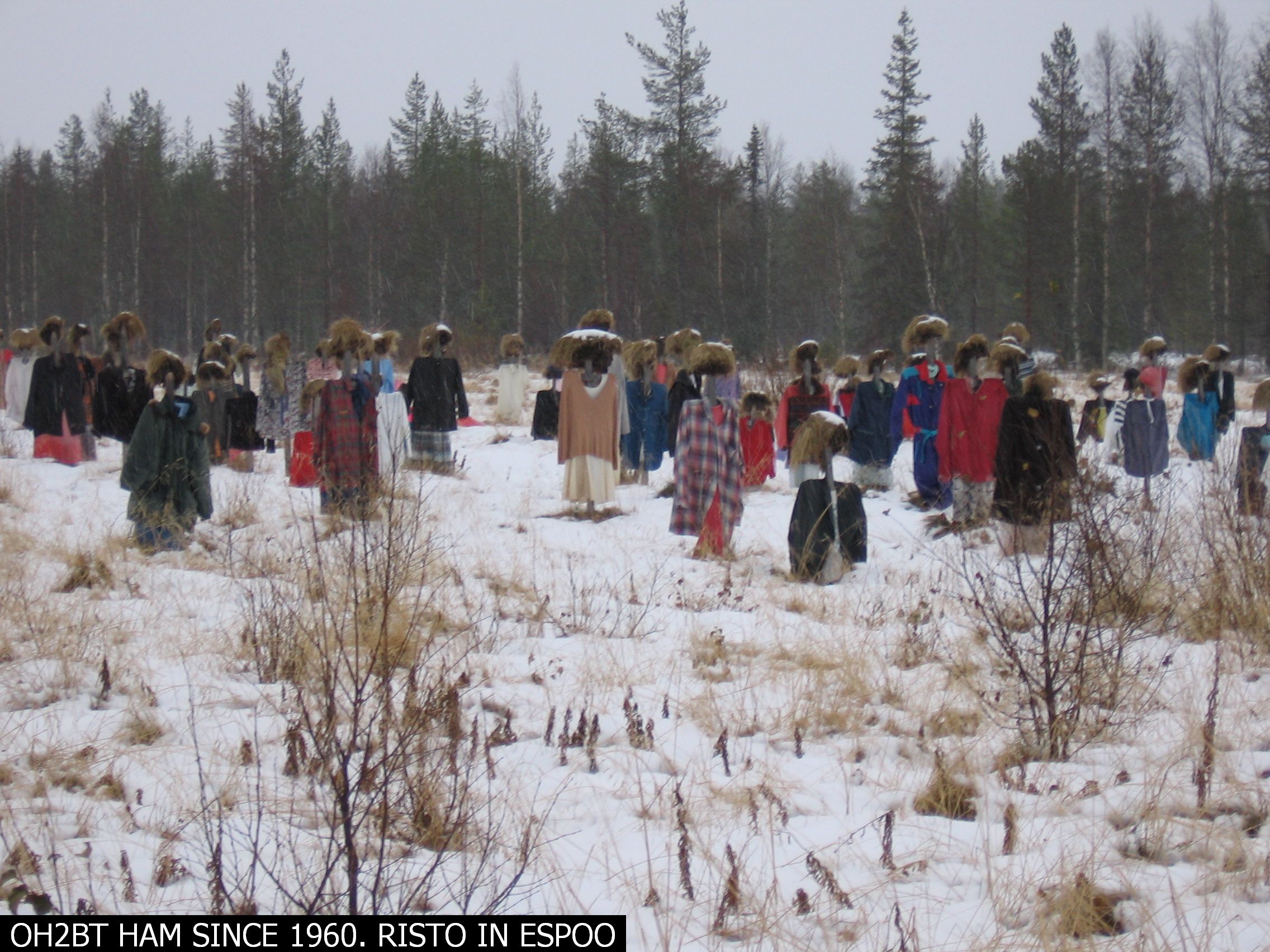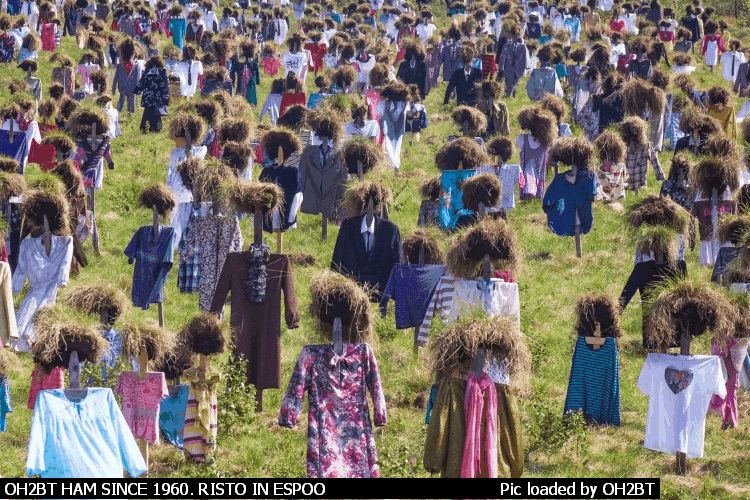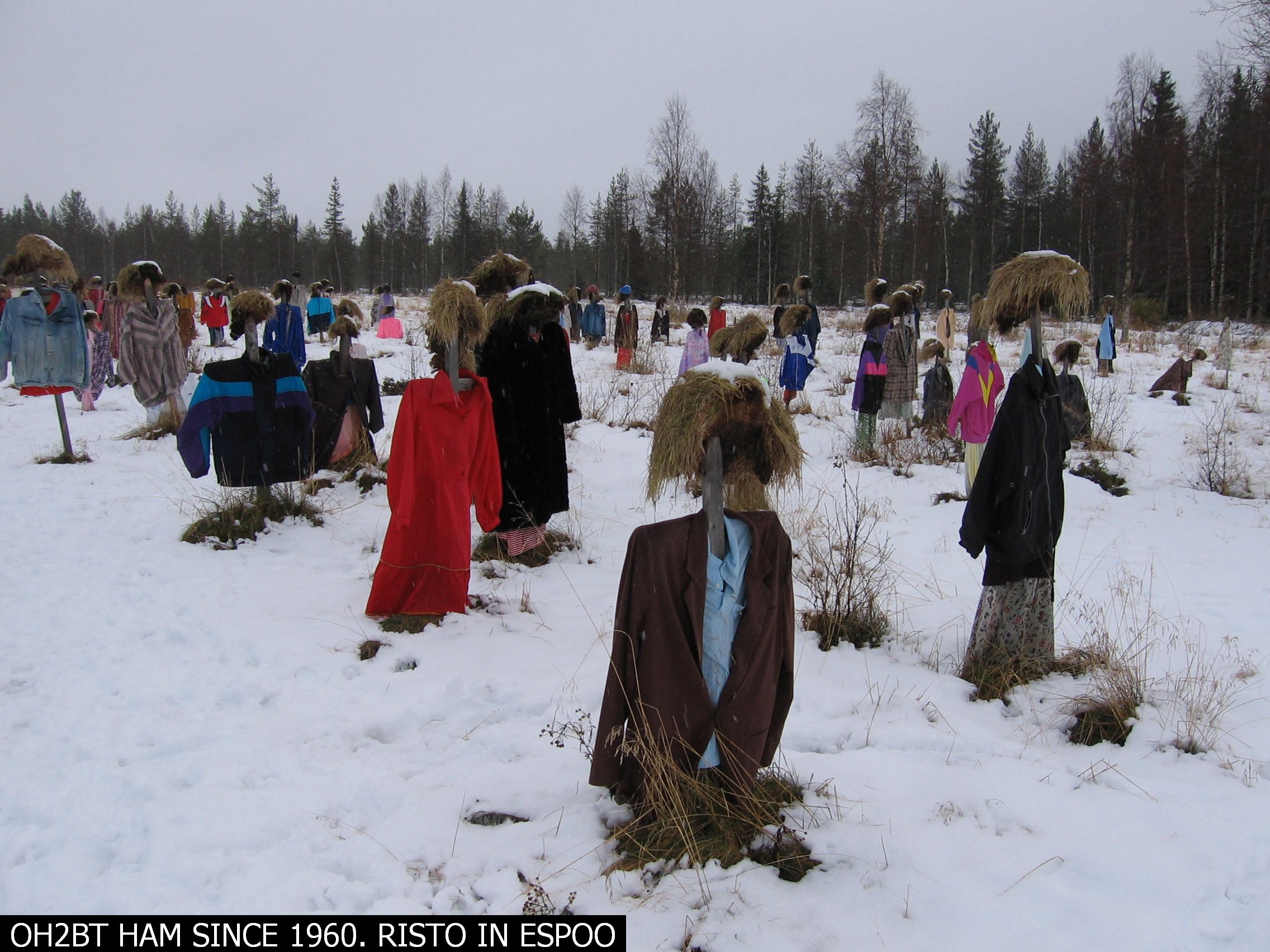www.rhci-online.net/radiogram/radiogram.htm
██████╗ ██╗ ██████╗ ██╗ ██████╗ ██╗ ██╗
██╔══██╗██║██╔════╝ ██║ ██╔══██╗╚██╗██╔╝
██║ ██║██║██║ ███╗██║ ██║ ██║ ╚███╔╝
██║ ██║██║██║ ██║██║ ██║ ██║ ██╔██╗
██████╔╝██║╚██████╔╝██║ ██████╔╝██╔╝ ██╗
╚═════╝ ╚═╝ ╚═════╝ ╚═╝ ╚═════╝ ╚═╝ ╚═╝
RSID: <<2016-04-04T20:00Z
MFSK-32 @
60700000+1500>>
Hello and welcome to DigiDX 7, a weekly review of the latest shortwave and DX
news broadcast in the MFSK32 mode. This broadcast includes shortwave news and
reception reports the second part of the feature by Dan Robinson this time about
his favourite portable and
larger portable radios..
Also included after the feature is another attempt to broadcast a zip file
containing a MIDI audio file, this time it is a short audio file so will be in
the same MFSK32 mode as the rest of this programme.
DigiDX Schedule for April.
DigiDX 7 - Sunday
3rd April 2330 - 11580kHz via WRMI (Okeechobee, FL, USA)
DigiDX 8 - Sunday 10th April 2330 - 11580kHz via WRMI (Okeechobee, FL, USA)
DigiDX 9 - Sunday 17th April 2330 - 11580kHz via WRMI (Okeechobee, FL, USA)
DigiDX 10 - Sunday 24th April 2330 - 11580kHz via WRMI (Okeechobee, FL, USA)
You may notice the lack of transmissions to Europe in the list above. This is
due to a decision by the German telecommunications regulator Bundesnetzagentur
who have received complaints about the DigiDX broadcasts via Channel 292 and
Radio 700 (both based in
Germany).
Bundesnetzagentur have stated that MFSK transmissions on the shortwave bands are
in their view “absolute violation of international laws and agreements”.
Therefore to be able to keep their licenses Channel 292 and Radio 700 are no
longer able to transmit DigiDX.
I have sent an email to Bundesnetzagentur appealing the decision but from their
conversations with Channel 292 it appears that they will not reconsider.
It is a shame that they oppose something that has the potential to revitalise
the use of analogue shortwave transmitters and in the future provide a lifeline
of information to people living under oppressive regimes at a time when internet
censorship is gradually
increasing worldwide. However while MFSK32 and other similar digital modes are
not allowed, DRM is still permitted even though it is much more difficult and
needing more expensive equipment to decode than MFSK32!
We are exploring different options to continue broadcasting to Europe via
transmitters other than ones located in Germany.
Please keep checking our new website http://www.digidx.uk
, Facebook (
https://www.facebook.com/digidx/
)
and Twitter ( https://twitter.com/digi_dx
) page for details of future broadcasts
to Europe. Also please send any reception reports, comments or suggested stories
to
reports@digidx.uk
Latest Shortwave News:
Radio Belarus to end shortwave transmissions
Radio Canada International relay via Radio 700
End of MightyKBC on 6095kHz to Europe
Madagascar World Voice launches
Iran A16 cuts
Radio Belarus to end shortwave transmissions
All shortwave, medium wave and longwave broadcasts from Radio Belarus and the
First National Channel of the Belarusian Radio will end as of the 1st of April.
Belarus television and radio terminated their contract with the transmissions
authority in Belarus and have
appeared to replace these broadcasts with satellite transmissions on the same
shared transponders as the Belarus 24 TV channel with more details on http://www.tvr.by/company/novosti-kompanii/radio-belarus-rasshiryaet-auditoriyu-slushateley/
Radio Belarus on shortwave broadcast in English, German, French, Spanish, Polish
and Russian as well as Belarusian. First National Channel of the Belarusian
Radio used the frequency 7255kHz while Radio Belarus used 11730 and 11930kHz.
Radio Canada International relay via Radio 700
A weekly shortwave relay of Radio Canada International is to start via Radio 700
on Saturdays in French and English. Between 1400-1430 on 7310kHz will be a
programme in English and on 6005kHz between 1430-1530 a French language
broadcast.
It is not yet confirmed which show will be on the air but for the English
broadcast it seems likely it will be “The Link” which is also available in
podcast form - http://www.rcinet.ca/en/category/a-l-affiche/emission/
Radio Canada International last broadcast on shortwave via their Sackville
transmitter site on 26th June 2012.
End of MightyKBC on 6095kHz to Europe
Sunday 27th March saw the last broadcast of the MightyKBC on 6095kHz to Europe
due to a lack of funding at the Dutch broadcaster.
The last song played at 1600UTC was “Let’s Dance” by Chris Montez during the Ron
O’Quinn Rock and Roll Rewind show. Mighty KBC continues on shortwave via Nauen
until at least the 17th April on 6040kHz each Sunday from 0000 to 0300 UTC.
The MightyKBC also broadcast in DAB+ in the Netherlands and on 1602kHz medium
wave.
Madagascar World Voice launches
New religious station Madagascar World Voice has launched via its new transmitter
site in Madagascar. The station has been setup by World Christian Broadcasting
who also operate KNLS Alaska.
The station broadcasts on the following schedule:
0000-0100 English CAf 9600
0100-0200 English SAs 9665
0200-0300 Spanish Am 6190
0300-0400 Spanish Am 6150
0400-0500 English CAf 9480
1800-1900 Russian Eu 9570
1800-1900 English Af 17640
1900-2000 Arabic NAf 11945
2000-2100 Arabic NAf 13710
2100-2200 Chinese EAs 11615
2200-2300 Chinese EAs 9455
2200-2300 Arabic NAf 11770
2300-2400 Chinese EAs 9535
A16 Schedule cuts from IRIB Iran
The new A16 schedule started on the 27th March and monitoring has revealed IRIB
from Iran have cut several hours and languages from their shortwave broadcasts.
Bosnian-Serbocroatian and Albanian broadcasts are now satellite only and no
longer on shortwave while Arabic, French, Italian, German, Urdu and Russian have
either cut one of the daily transmissions or are now on one frequency instead of
the previous two. It is also
speculated that the Kamalabad transmitter site may have closed.
Upcoming relays and special broadcasts:
Channel 292 have finished their free airtime offer but plenty of people who took
advantage of the offer are continuing with broadcasting on 6070kHz. See the full
new schedule (which includes various live programmes) on
http://www.channel292.de/
.
VOA Radiogram will be on air at the following times and frequencies over each
weekend, the transmission is normally in MFSK32 but also includes other digital
modes.
VOA Radiogram transmission schedule
(all days and times UTC):
Sat 0930-1000 5745 kHz (Note - Frequency change)
Sat 1600-1630 17580 kHz
Sun 0230-0300 5745 kHz
Sun 1930-2000 15670 kHz
All via the Edward R. Murrow transmitting station in North Carolina.
For full details of the programme to be transmitted and the modes used go to
http://voaradiogram.net/
Gilles Létourneau who runs the excellent OfficialSWLchannel channel on Youtube
has another radio related Hangout this week - To watch the hangouts or any of
his videos go to https://www.youtube.com/user/OfficialSWLchannel
Now we start the second part of the two part feature from premium radio addict
Dan Robinson who made a presentation on his views on the best receivers of all
time at the Winter SWL Fest in Pennsylvania last month.
Dan has kindly let DigiDX republish this presentation in text form and part 2
includes his views on the best portable and large portable receivers.
A Dive Into Nostalgia: My Picks For The Best Receivers Of All Time
REQUIREMENTS TO MAKE MY LIST
● Excellent Sensitivity
● Selectivity Options
● Robust Design and Flexibility
● Audio Quality
● That “LOOK”
DAN'S PICKS FOR BEST PORTABLES
Panasonic RF-B65
SONY ICF-SW55
SONY ICF-SW07
SW-55 Highlights
● Amazing multi-feature LCD
● Multi-Page Memory System
● World Map/Dual Time Button
● Tuning Dial, Direct Entry
● Excellent Sensitivity
● Decent Dual Selectivity
● Superb Portable Size and Feel
● Solid Construction
● Unique Top-Firing Speaker
● LCD Light Modifiable
● LSB/USB Oscillator Adjustable
● Antenna Hides In Radio Body
SONY ICF-SW07
● Extraordinary feature set for size
● SYNC Tuning
● Multiple Memories
● Cover separate from Speaker
● Separate Line Out
● Variable Attenuator
● Full Kit Comes with SONY LP-2 Antenna
● Unique LCD Display with World Map
● One of highest rated small portables
● Decent Audio
DAN'S PICKS FOR BEST LARGER PORTABLES
● Eton E1/XM Grundig
● SAT 500/700
● SONY ICF-2010
The Eton E1/XM basically duplicated functions of a Drake receiver but in
portable size. But it suffered from QC issues in the factory in India.
The Grundig SAT 500/700 were the last classic portables from what was the actual
Grundig company and are still highly-valued, with NIB radios selling in the upper 100s of dollars or more.
● Numerous memories
● Superb sensitivity
● Excellent selectivity options
● Superb PBT
● Superb audio
● Excellent synchronous reception
● Master oscillator adjustable (but touchy)
DISADVANTAGES:
● Horrible rubberized coating
● Antenna does not lock in place
● Poor quality internal construction
Despite these significant faults, the E1 is still a superb receiver, rivaling in
the view of many exceeding the capabilities of the SONY 2010
Grundig Satellit 500/700
Superb Grundig Design and Construction
● Beautiful audio, huge knob controls
● Excellent keyboard
● Large beautiful information-filled LCD
● Superb FM performance
● Excellent narrow-wide filters
● Well-designed timer and sleep functions
● Superb carrying handle
● Rugged power supply
● Master oscillator is easily adjustable
DISADVANTAGES
● Sync tuning is ineffective
● LCD light prone to burn out
● Tuning has pops/clicks
Satellit 700 Major Points and Comparison with 500 :
● Vastly improved sync reception
● Superb memory system
● Light can be powered off
● Memories increased to max 2048 with files
DISADVANTAGES
● Some criticize for SSB reception
● SYNC introduces low level rumble
● Some prefer physical appearance of Sat 500 to 700
SONY ICF-2010
The radio that changed everything...or almost
● Superb physical front 32 memory system
● Excellent sensitivity Excellent audio, though exceeded by Grundig, some others
● Superb sync tuning that set the standard for decades
● Superb usually very accurate LED S-Meter Light for its size
● Four times a day Power On/Off function
● VHF/AIR band Excellent scan functions
● Record/audio out jack
RAREST RADIOS AND ACCESSORIES ON THE USED MARKET
● R-390A Dittmore Friemuth Version
● 51J4 Beckman Version
● Squires Sanders SS-IBS
● National HRO-600
● SP-600 JX21A
● SONY ICF-SW1000T
● SONY CRF-V21
● Panasonic RF-9000
● NIB Grundig SAT 600/650/700
● JRC NRD-301/302A and NRD-630
● Drake RV-75 VFO for R7/A
● Drake 1544 Connection box for R7/A
● JRC Junction Box and NCM-515 Keypad for NRD-515
● McKay Dymek DS-111 Speaker and DP-40 Preselector
The search continues for the Holy Grails of shortwave radio !!!!
Now in MFSK32 mode we have another famous shortwave interval signal from times
past. This text is a Base64 encoded MIDI file (not a .ZIP file this week) which
can be converted to to MP3 by going to http://midi.digidx.uk
(and select the
Submit option) or go to
http://www.motobit.com/util/base64-decoder-encoder.asp
choosing to decode the
data and export to file, the file can then be renamed a .MID file and then the
MIDI file can be opened in Winamp or a similar software.
--START--
TVRoZAAAAAYAAQACACtNVHJrAAAAjgD/fw8FDxwyMDE2LjAyLjA0AQMA/38sBQ8tTWljcm9zb2Z0
IFNhbnMgU2VyaWYsOC4yNSxGYWxzZSxGYWxzZSwxLDAA/380BQ8SAwN/fwD/AQMoU3BlYWtlcnMg
KFJlYWx0ZWsgSGlnaCBEZWZpbml0aW9uIEF1ZGlvKQD/WAQEAhgIAP9RAwehIAD/LwBNVHJrAAAA
3gD/fwUFDwlOSAD/fy4FDwZHZW5lcmFsIE1JREkgLSBNaWNyb3NvZnQgR1MgV2F2ZXRhYmxlIFN5
bnRoAMAAALAHfQD/WAQEAhgIAJBcHgCQSTkAkGULFYBcAACAZQBUkE49AJBGJRWASQB+gE4AAIBG
AACQWSoAkE09P5BHKACAWQAAkEtBFYBNABWQTT0qgEsAFYBNAACQTj4AkFkLFYBHAACAWQAVkFA9
KoBOABWQTksAkEYlFYBQAGmQXB8AkEk5AJBlCxWARgAAgFwAAIBlACqATgBUgEkAAP8vAA==
--END--
The file is now repeated for error correction
--START--
TVRoZAAAAAYAAQACACtNVHJrAAAAjgD/fw8FDxwyMDE2LjAyLjA0AQMA/38sBQ8tTWljcm9zb2Z0
IFNhbnMgU2VyaWYsOC4yNSxGYWxzZSxGYWxzZSwxLDAA/380BQ8SAwN/fwD/AQMoU3BlYWtlcnMg
KFJlYWx0ZWsgSGlnaCBEZWZpbml0aW9uIEF1ZGlvKQD/WAQEAhgIAP9RAwehIAD/LwBNVHJrAAAA
3gD/fwUFDwlOSAD/fy4FDwZHZW5lcmFsIE1JREkgLSBNaWNyb3NvZnQgR1MgV2F2ZXRhYmxlIFN5
bnRoAMAAALAHfQD/WAQEAhgIAJBcHgCQSTkAkGULFYBcAACAZQBUkE49AJBGJRWASQB+gE4AAIBG
AACQWSoAkE09P5BHKACAWQAAkEtBFYBNABWQTT0qgEsAFYBNAACQTj4AkFkLFYBHAACAWQAVkFA9
KoBOABWQTksAkEYlFYBQAGmQXB8AkEk5AJBlCxWARgAAgFwAAIBlACqATgBUgEkAAP8vAA==
--END--
Reception Reports and Letters
Thank you for all the reception reports sent in for episode 6. As many listeners
pointed out, the 3985kHz relay via Radio 700 on Friday at 2000 did not air. This
was due to unforced circumstances at Radio 700.
This broadcast instead aired at
2000 on Saturday on both 3985kHz and 6070kHz. The WRMI broadcast on 11580kHz was on air as usual at 2330
on Sunday.
Remember for details of all upcoming transmissions including late changes to the
schedule see the DigiDX page on Facebook at
https://www.facebook.com/digidx/
or
our website at http://www.digidx.uk
Many listeners enjoyed Dan Robinson’s views on the best boat anchor and tabletop
receivers. Christian Denoux emailed in French with two websites about old
receivers and tube radios.
http://f6blk.net/main_fr.php?page=85
is also
available in English and http://www.araccma.com/araccma-c17065301
is in French but can easily be translated via Google
Translate.
Oscar from Italy (I05940MI) also says “The section of the boat anchors receivers
is very interesting. Many of my receivers are boat anchors: with tubes, big and
heavy.”
Gary in New York also comments -
“I'm sorry I sold the HQ-180a a thousand years ago, and I agree with the R-390
review. Our base radio in Iwakuni Japan had a bunch of them back in the day, and
usually heard by 100 watts of airborne CW just fine”
Klaus from Germany has also given his best 3 receivers of all time (for normal
users as he says!):
No.1 YAESU FRG 7700 (with Memorybank & Filter mod.)
No.2 AOR-AR 7030 (with Filter mod.)
No.3 Sony ICF-2001D”
He also comments -
“YAESU and Sony needs a Preselector for 100% performance. AOR needs only a
Antenna, thats its”. Thanks Klaus!
Frank Kreuzinger from Germany and several listeners emailed to say that the RSID
to change from MFSK128 back to MFSK32 didn’t work. Sorry about that and I hope
everyone managed to change the mode manually in time not to miss too much!
Mark Hurst in the UK listening on 6070kHz using a Sony ICF-SW7600G also had the
same issue with the RSID but was able to decode the Base64 encoded MIDI file and
says “The MIDI file of the Radio Netherlands interval signal came through 100%.
That tune remains the strongest memory I have of my early shortwave listening back in the early 1980's
- thanks for the trip down memory lane !”
That’s right the MIDI file was the Radio Netherlands interval signal. Hugo
Matten listened in Belgium to the broadcast on 11580kHz and also recognised the
interval signal “ Nice to hear the interval signal tune of “Radio Nederland
Wereldomroep” via the MIDI file!
Really an interesting system for transmitting sound in good quality!”. Wim
Haarmann also from Belgium emailed in to say that the tune is called “"Merck
toch hoe sterck" and that he decoded it well listening on 6070 at 2000 on
Saturday night.
Andreja Kostić made the following suggestion in his reception report:
“I also think it would be very nice if you could write us an article for one of
the future episodes about writing reception reports for broadcasters using
digital modes. Like what information is useful to include, what is not useful
and so on. I've seen several
guides for writing reception reports, but their technical side usually focuses
on things that voice broadcasters would find interesting.”
Good idea Andreja that is definitely something we will do in the next few
episodes of DigiDX.
T.W (DFS) Shimane in Japan again received DigiDX on 6070kHz on Saturday, he has
posted details in his blog which can be found here -
http://09326811.at.webry.info/201603/article_31.html
He also mentioned Sakae Obara whose blog was linked to in last week's episode
saying “I know Mr.Obara as his nickname “kei” who is one of best Japanese DXer!”
Now follows the over-the-air QSL card for last week’s DigiDX which is sent as an
MFSK32 image.
|
Sending Pic:432x247;
|
via Internet |
|
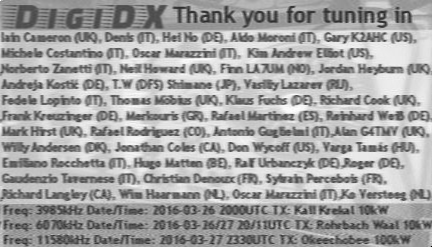 |
 |
The image in the background of this week's QSL is Oscar
Marazzini’s Debeg 7284 (Alborg Radio AS Sailor 110R) radio.
Shortwave Radio Website of the Week - University of Twente WebSDR
http://websdr.ewi.utwente.nl:8901/
The Twente SDR in the Netherlands is a great tool for all SWLs as it is a
0-30Mhz SDR which many hundreds of listeners can tune at the same time. Great
for listening to European shortwave signals if you are outside of Europe or for
helping to verify the DX catches on
your own radio.
Thanks everyone for listening and please keep sending any reception reports,
comments or suggested stories to reports@digidx.uk
. This is DigiDX signing
off.....
██╗ ██╗ ██████╗ █████╗ ██████╗ █████╗ ██████╗ ██╗ ██████╗ ██████╗ ██████╗ █████╗ ███╗ ███╗
██║ ██║██╔═══██╗██╔══██╗ ██╔══██╗██╔══██╗██╔══██╗██║██╔═══██╗██╔════╝ ██╔══██╗██╔══██╗████╗ ████║
██║ ██║██║ ██║███████║ ██████╔╝███████║██║ ██║██║██║ ██║██║ ███╗██████╔╝███████║██╔████╔██║
╚██╗ ██╔╝██║ ██║██╔══██║ ██╔══██╗██╔══██║██║ ██║██║██║ ██║██║ ██║██╔══██╗██╔══██║██║╚██╔╝██║
╚████╔╝ ╚██████╔╝██║ ██║ ██║ ██║██║ ██║██████╔╝██║╚██████╔╝╚██████╔╝██║ ██║██║ ██║██║ ╚═╝ ██║
╚═══╝ ╚═════╝ ╚═╝ ╚═╝ ╚═╝ ╚═╝╚═╝ ╚═╝╚═════╝ ╚═╝ ╚═════╝ ╚═════╝ ╚═╝ ╚═╝╚═╝ ╚═╝╚═╝ ╚═╝
http://voaradiogram.net/
RSID: <<2016-0
4-02T16:01Z
MFSK-32
@ 17580000+1500>>
Welcome to program 157 of VOA Radiogram from the Voice of
America.
I'm Kim Andrew Elliott in Washington.
Here is the lineup for today's program, all in MFSK32
execpt
where noted:
1:35 Program preview (now)
2:48 Asia at risk for water
shortages*
10:25 Seismic risk map now includes quakes caused by humans*
17:05 Latvia blocks Russia's Sputnik website*
22:20 View bald eagles in Washington via Nest Cam*
25:30 Closing announcements*
28:05 Olivia 64-2000: Transmission schedule
* with image
Please send reception reports to radiogram@voanews.com.
And visit voaradiogram.net.
Twitter: @VOARadiogram
VOA NEWS
Study: Asia at Risk for Serious Water Shortages
Kevin Enochs
March 30, 2016
The numbers are disturbing and the situation potentially dire.
According to the United Nations, the global demand for water is
expected to rise by 400 percent by 2050.
And figures released earlier this year by the Twente Water Centre
in the Netherlands concluded that 4 billion people live under
conditions of what they call "severe water scarcity" at least 1
month out of every year.
More Trouble on the Way
But a new survey by researchers at the Massachusetts Institute of
Technology (MIT) says that a combination of changing climate and
population growth will add a billion people to that total, in
Asia alone, over the next 35 years.
The new research is being published today in the journal PLOS One
and the authors stress that it isn't just another scary story
about the effects of climate change.
It's about growth, both in the industrial world and in the
general population.
"It's not just a climate change issue," says Adam Schlosser, a
co-author of the study and a senior research scientist at MIT.
"We simply cannot ignore that economic and population growth in
society can have a very strong influence on our demand for
resources and how we manage them."
He also told VOA that these effects are worldwide.
"Previous research over Africa" he said, "indicate much of the
same trends in risks that we have underscored for eastern and
southern Asia."
The researchers did some very cool modeling for their research,
building models that took account, not only population growth,
but also industrial growth, and climate change.
What they discovered is that in China, industrial growth is
putting the biggest stressors on the water supply.
In India, it's rapid population growth that is going to lead to
more water shortages.
Long Ranging Geographic Effects
"Climate, on top of that, can lead to substantial magnifications
to those stresses," but Schlosser says gauging that impact is
more difficult. "Climate change" he told VOA, "can be benign or
even act to offset the increased stress induced by a growing
population and economy."
On the other hand, a water shortage in one place can cause
trouble farther away because the water has to come from
somewhere.
In many cases, basins unaffected by any of the pressures the
researchers studied are at risk because of extra demand from
nearby hard-hit regions.
What To Do?
The coming worldwide lack of water is a problem that
organizations as varied as the U.S. Defense Department and
investment management companies are actively preparing for.
In fact, a recent survey of investment management companies
showed that 90 percent are incorporating water resource
strategies into their business models. And over 80 percent are
working to reduce their own water use.
The MIT researchers are now studying ways to help lessen the
impacts of water shortages.
While the research is ongoing, Schlosser tells VOA their computer
models indicate that little changes can have a big impact.
Something as simple as improving the efficiency of irrigation
techniques on a large scale can make a difference. Global climate
mitigation efforts can result in a measurable decrease in the
risk of water stress.
Schlosser hopes to publish the new research soon.
http://www.voanews.com/content/study-water-stress-in-asia-2pm-embargo/3261385.html
See also:
http://www.ncbi.nlm.nih.gov/pmc/articles/PMC4758739/
Image: World map showing areas of water scarcity in red ...
Sending Pic:284x137C;
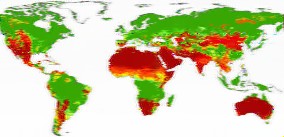
This is VOA Radiogram from the Voice of America.
Please send reception reports to radiogram@voanews.com.
USGS Revises Seismic Risk Map to Include Quakes Caused by Humans
Reuters via voanews.com
March 28, 2016
HOUSTON - Earthquakes caused by human activity will now be
included in the U.S. Geological Survey's seismic risk maps, the
agency said on Monday after a sharp rise in temblors linked to
wastewater disposal wells used by the oil and gas industry in
Oklahoma.
The seismic risk maps are used by emergency management officials
as well as the country's major engineering and design
associations to guide how strong to construct buildings.
"By including human-induced events, our assessment of earthquake
hazards has significantly increased in parts of the U.S.," Mark
Petersen, Chief of the USGS National Seismic Hazard Mapping
Project, said in a statement.
Some 7 million people in the Central and Eastern United States
live or work in areas threatened by so-called induced seismicity,
and in parts of these regions, the damage caused by earthquakes
could be at parity with that seen in high-hazard regions of
California, the USGS said.
Oklahoma is at the greatest risk for hazards associated with
induced seismicity, the USGS said, followed by Kansas, Texas,
Colorado, New Mexico and Arkansas.
Oklahoma in 2015 experienced 907 magnitude-3.0 or greater
earthquakes, compared with just two of similar size in 2009. In
February, a 5.1-magnitude temblor shook the area around Fairview,
Oklahoma - the third strongest recorded in the state.
The uptick in quakes has prompted serious concern among locals,
particularly those in close proximity to the oil storage hub at
Cushing, Oklahoma, which is home to some 66 million barrels of
oil and the delivery point for the widely-traded West Texas
Intermediate futures contract.
"We have had some earthquakes that were way to close to those
tanks," said Michael Teague, Oklahoma's Secretary of Energy and
Environment.
The disposal of saltwater - a natural byproduct of oil and gas
drilling - into wells has been tied to earthquakes. Oklahoma
regulators have already ordered many wastewater well companies to
curb operations.
The USGS said building code committees are still determining
whether to include induced earthquakes in their revisions, in
part because they could be temporary.
The American Society of Civil Engineers is already in the process
of publishing 2016 guidelines that do not take into account
man-made earthquakes. But the group does not anticipate updating
those standards again until 2022.
"There is always a delay in design codes adapting the USGS
Seismic Hazard Maps," said Muralee Muraleetharan, a civil
engineering professor at the University of Oklahoma.
http://www.voanews.com/content/usgs-revises-seismic-risk-map-include-quakes-caused-humans/3258449.html
Image: This USGS map displays the potential to experience damage
from a natural or human-induced earthquake in 2016. Chances range
from less than one percent to 12 percent ...
Sending Pic:223x157C;
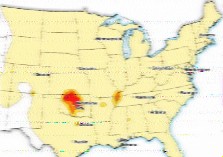
This is VOA Radiogram from the Voice of America.
Please send reception reports to radiogram@voanews.com.
From Radio Free Europe/Radio Liberty:
Latvia Blocks Russian Sputnik Site As Kremlin 'Propaganda Tool'
By RFE/RL
March 30, 2016
Latvian authorities shut down Russia's pro-Kremlin news site
Sputnik on March 29, calling it a "propaganda tool" and drawing
an immediate rebuke from Moscow.
Latvia's local domain registry suspended Sputnik's right to hold
the news site Sputniknews.lv, which was established only a few
weeks ago to reach out to Latvia's large Russian-speaking
minority with articles in Russian and Latvian.
"We don't regard Sputnik as a credible media source but as
something else: a propaganda tool," Latvian Foreign Ministry
spokesman Raimonds Jansons told AFP.
Russia's Foreign Ministry called the decision "blatant
censorship" and insisted "the Russian mass media adheres to the
highest standards of professionalism and ethics.
Riga "once again, with the tacit inaction of leading human rights
organizations, is ignoring its convention obligations to ensure
media pluralism and freedom of speech as it continues to target
Russian mass media in Latvia," the ministry said.
Latvia has banned Russian media before, having shut down Russian
state television broadcasts for several months in 2014.
The Russian Embassy in Latvia called the move against Sputnik
"groundless" and said that Latvia had started "an information
war."
Latvia's domain registry decided to shut the site after receiving
a letter of concern from the Latvian Foreign Ministry, which drew
attention to Sputnik's coverage of Ukraine and routine denial of
the embattled nation's territorial integrity.
The ministry questioned whether the coverage might constitute a
breach of European Union sanctions on Russia, which were imposed
over Moscow's annexation of Crimea in 2014.
"We wrote pointing out our opinion that the fact that the head of
Sputnik, Mr. [Dmitry] Kiselyov is on the sanctions list of the
European Union was something that needed to be taken into
account" in deciding whether to register the site, Jansons told
AFP.
With reporting by Reuters and AFP
http://www.rferl.org/content/latvia-blocks-russian-news-site-sputnik-calling-kremlin-propaganda-tool/27643252.html
Kim's note: Sputniknews.com is the website successor to the Voice
of Russia international radio station, which was the successor to
Radio Moscow.
Sending Pic:160x160C;
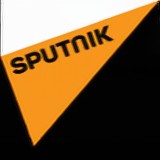
This is VOA Radiogram from the Voice of America.
Please send reception reports to radiogram@voanews.com.
Bald Eagle Nest Cam in Washington, DC
In 2014, a pair of mated Bald Eagles chose the most idyllic of
nest sites within the United States’ National Capital
(Washington, DC), nestled high in a Tulip Poplar tree amongst the
Azalea Collection at the U.S. National Arboretum, which is
operated by the United States Department of Agriculture. This is
the first Bald Eagle pair to nest in this location since 1947.
The two Eagles have been iconically named "Mr. President" and
"The First Lady."
View the Nest Cam ...
http://dceaglecam.eagles.org/
Sending Pic:191x198C;

Please send reception reports to radiogram@voanews.com.
And visit voaradiogram.net.
Twitter: @VOARadiogram
Thanks to colleagues at the Edward R. Murrow shortwave
transmitting station in North Carolina.
I'm Kim Elliott. Please join us for the next VOA Radiogram.
This is VOA, the Voice of America.
Sending Pic:632x44C;

RSID: <<2016-04-02T16:28Z
OL 64-2K @ 17580000+1500>>
VOA Radiogram transmission schedule
(days/times UTC):
Sat 0930-1000 5745 kHz
Sat 1600-1630 17580 kHz
Sun 0230-0300 5745 kHz
Sun 1930-2000 15670 kHz
All via North Carolina
www.rhci-online.net/radiogram/radiogram.htm
DRM-images
-
received
via EASYPAL/DSSTV
on 14233kHz/USB
(FRG-100 / Dipol for ~12 MHz)
Here
are some pics of
OH2BT
[Risto Tiilikainen, Yhteistuvantie 14, FIN-02730 ESPOO, FINLAND
] received in
the last time:
.gif)








